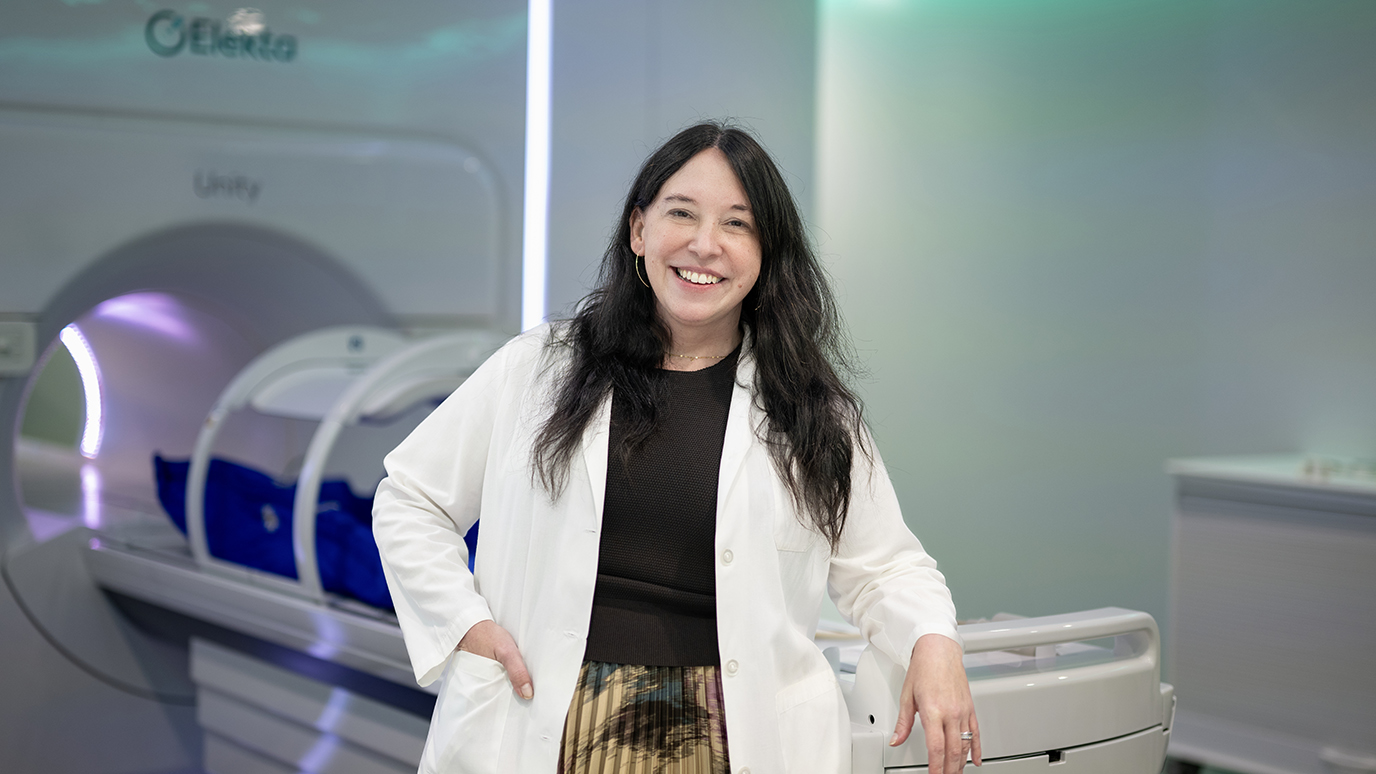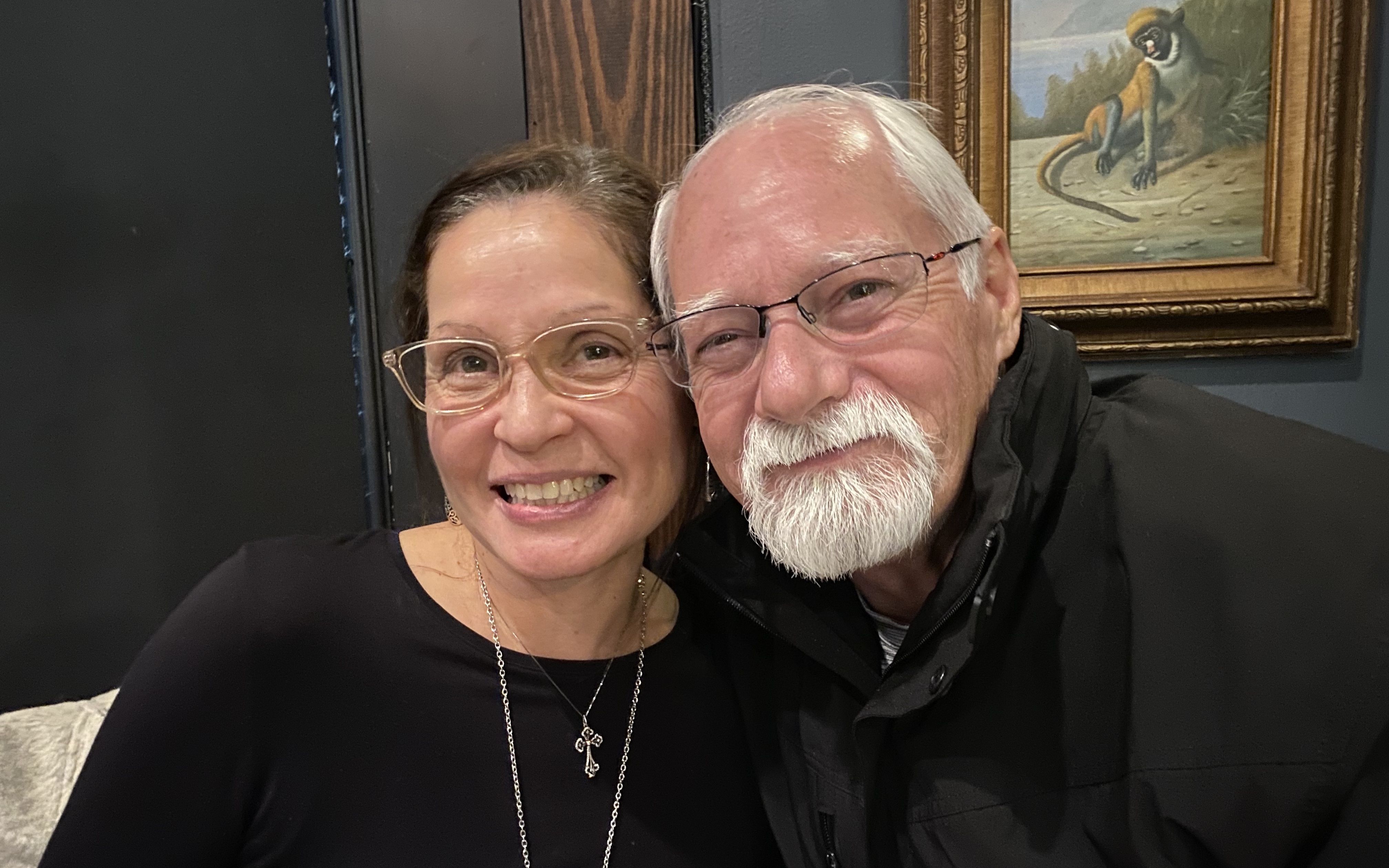- Diseases
- Acoustic Neuroma (14)
- Adrenal Gland Tumor (24)
- Anal Cancer (68)
- Anemia (2)
- Appendix Cancer (16)
- Bile Duct Cancer (26)
- Bladder Cancer (72)
- Brain Metastases (28)
- Brain Tumor (232)
- Breast Cancer (714)
- Breast Implant-Associated Anaplastic Large Cell Lymphoma (2)
- Cancer of Unknown Primary (4)
- Carcinoid Tumor (8)
- Cervical Cancer (158)
- Colon Cancer (166)
- Colorectal Cancer (118)
- Endocrine Tumor (4)
- Esophageal Cancer (44)
- Eye Cancer (36)
- Fallopian Tube Cancer (8)
- Germ Cell Tumor (4)
- Gestational Trophoblastic Disease (2)
- Head and Neck Cancer (12)
- Kidney Cancer (128)
- Leukemia (342)
- Liver Cancer (50)
- Lung Cancer (286)
- Lymphoma (278)
- Mesothelioma (14)
- Metastasis (30)
- Multiple Myeloma (100)
- Myelodysplastic Syndrome (60)
- Myeloproliferative Neoplasm (6)
- Neuroendocrine Tumors (16)
- Oral Cancer (100)
- Ovarian Cancer (172)
- Pancreatic Cancer (160)
- Parathyroid Disease (2)
- Penile Cancer (14)
- Pituitary Tumor (6)
- Prostate Cancer (146)
- Rectal Cancer (58)
- Renal Medullary Carcinoma (6)
- Salivary Gland Cancer (14)
- Sarcoma (238)
- Skin Cancer (296)
- Skull Base Tumors (56)
- Spinal Tumor (12)
- Stomach Cancer (64)
- Testicular Cancer (28)
- Throat Cancer (92)
- Thymoma (6)
- Thyroid Cancer (98)
- Tonsil Cancer (30)
- Uterine Cancer (80)
- Vaginal Cancer (16)
- Vulvar Cancer (20)
- Cancer Topic
- Adolescent and Young Adult Cancer Issues (20)
- Advance Care Planning (10)
- Biostatistics (2)
- Blood Donation (18)
- Bone Health (8)
- COVID-19 (362)
- Cancer Recurrence (120)
- Childhood Cancer Issues (120)
- Clinical Trials (632)
- Complementary Integrative Medicine (22)
- Cytogenetics (2)
- DNA Methylation (4)
- Diagnosis (232)
- Epigenetics (6)
- Fertility (62)
- Follow-up Guidelines (2)
- Health Disparities (14)
- Hereditary Cancer Syndromes (126)
- Immunology (18)
- Li-Fraumeni Syndrome (8)
- Mental Health (116)
- Molecular Diagnostics (8)
- Pain Management (62)
- Palliative Care (8)
- Pathology (10)
- Physical Therapy (18)
- Pregnancy (18)
- Prevention (918)
- Research (392)
- Second Opinion (74)
- Sexuality (16)
- Side Effects (604)
- Sleep Disorders (10)
- Stem Cell Transplantation Cellular Therapy (216)
- Support (402)
- Survivorship (322)
- Symptoms (182)
- Treatment (1786)
Gratitude for mammograms and stereotactic ablative radiosurgery
3 minute read | Published July 14, 2015
Medically Reviewed | Last reviewed by an MD Anderson Cancer Center medical professional on July 14, 2015
I always tell women to get their regular mammograms. That's how doctors spotted my lung cancer.
A chance lung cancer diagnosis
Because I have a history of dense breast tissue, I know my annual mammogram will always show suspicious areas. I also know that each time my primary care physician will send me for further testing to be certain that these suspicious areas are not harboring cancer cells.
This is what happened early in July 2012, and sure enough, an MRI confirmed that the areas in question were scar tissue.
However, after sharing this good news, the breast cancer specialist asked: "Has anyone ever told you that you have a malignant tumor on your upper right lung?"
At first, I thought that was a strange question. I would have certainly addressed such an announcement immediately. But his next statement was reassuring: "God just saved your life. You have a 1.5-cm nodule on your right upper lung. It is so small that it would not have been noticeable until it had grown."
A CT scan and a core biopsy confirmed a 1.5-cm adenocarcinoma tumor on my upper right lung. My doctor recommended I see Jack A. Roth, M.D., at MD Anderson.
Choosing the stereotactic ablative radiosurgery clinical trial
I trusted Dr. Roth immediately. When I met him, he'd already read my file and was ready to discuss my lung cancer treatment and prognosis. He reiterated how lucky I was that my tumor was discovered while it was so very small.
Because my tumor was small and had been caught early, he recommended the Cyberknife® stereotactic ablative radiosurgery (SABR) clinical trial. I would undergo three consecutive days of targeted stereotactic ablative radiosurgery, with each session lasting two hours. There would be no anesthesia nor incisions. If it proved ineffective, other treatment options would still be available for me.
The decision to participate was easy for me.
Undergoing stereotactic ablative radiosurgery
The robot used for my stereotactic ablative radiosurgery was like a huge, friendly cyclops hovering over me and delivering extremely focused healing rays into my lung. Everyone who cared for me, from the nurses and doctors to the radiation therapist, was so encouraging.
The only unpleasant part of the treatment was remaining immobile for two hours. Since I was driving about 90 miles from Beaumont to Houston for my treatments, I occasionally used that time to nap. I also sang along to church hymns in my head, had conversations with myself about various subjects and wiggled my toes. I often prayed for patience.
I had no side-effects. After each treatment, I was able to leave to do whatever activity I liked. Usually, that meant driving back home so we could avoid rush-hour traffic.
Life after stereotactic ablative radiosurgery
Thanks to stereotactic ablative radiosurgery, my lung cancer treatment was over after three days.
Follow-up tests, scans and X-rays continued to show no evidence of the tumor, and on Nov. 17, 2014, two years after my stereotactic ablative radiosurgery treatment, I was pronounced cancer-free.
As I approach my three-year cancer-free anniversary, I am still so grateful that stereotactic ablative radiosurgery was a treatment option for me. I also am grateful that my life is full and busy, and that the only change is that I do not worry about having lung cancer.
Related Cancerwise Stories

My life is full and busy. The only change is I do not have to worry about having lung cancer.
Judith Miller
Survivor





